SCIENTISTS TAKE PART IN NASA PROJECT
입력 2021.12.27 (15:22)
수정 2021.12.27 (16:48)
읽어주기 기능은 크롬기반의
브라우저에서만 사용하실 수 있습니다.
[Anchor Lead]
The Korea Astronomy and Space Science Institute and NASA will jointly observe the high-energy particles of the Sun from the Earth's orbit and the lunar surface. Three female Korean scientists will play key roles in these two projects.
[Pkg]
This is the upper layer of the Sun's atmosphere that NASA's Parker solar probe reached three years after its launch into space. This is where solar winds start blowing, spreading coronal masses all over the solar system at a tremendous speed of 500 km per second. Solar particles also include fatal substances such as radiation. Prior to launching its Artemis program designed to send astronauts to the Moon, NASA requested the Korea Astronomy and Space Science Institute to observe solar particles on the moon's surface. The Korea-made solid-state telescopes Lusem will do just that from 2024.
[Soundbite] Shim Chae-kyung(Astronomy and Space Science Institute) : "Myriads of particles flying in space reach the moon's surface because there are no magnetic fields or air there."
In the first half of 2022, four nano satellites will orbit the Earth together 500 km above its surface to measure the amount of solar particles and share data on space weather with NASA. Two female Korean scientists played a leading role in designing and producing the 8kg satellites and developing their remotely controlled algorithms.
[Soundbite] Kwak Young-shil(Astronomy and Space Science Institute) : "The satellites will observe changes in time and spatial plasma. It will be the world's first case of nano satellites conducting a formation flight."
The scientists have ambitious goals regarding space development.
[Soundbite] Hwang Jung-ah(Astronomy and Space Science Institute) : "We want to dream of flying to the Moon and Mars and exploring the outer space even more than Voyager. But that requires a ground station that can be operated by teams that design science projects."
There are only about 30 female space scientists in Korea. Their passion combined with their meticulousness are bringing the era of space exploration closer.
The Korea Astronomy and Space Science Institute and NASA will jointly observe the high-energy particles of the Sun from the Earth's orbit and the lunar surface. Three female Korean scientists will play key roles in these two projects.
[Pkg]
This is the upper layer of the Sun's atmosphere that NASA's Parker solar probe reached three years after its launch into space. This is where solar winds start blowing, spreading coronal masses all over the solar system at a tremendous speed of 500 km per second. Solar particles also include fatal substances such as radiation. Prior to launching its Artemis program designed to send astronauts to the Moon, NASA requested the Korea Astronomy and Space Science Institute to observe solar particles on the moon's surface. The Korea-made solid-state telescopes Lusem will do just that from 2024.
[Soundbite] Shim Chae-kyung(Astronomy and Space Science Institute) : "Myriads of particles flying in space reach the moon's surface because there are no magnetic fields or air there."
In the first half of 2022, four nano satellites will orbit the Earth together 500 km above its surface to measure the amount of solar particles and share data on space weather with NASA. Two female Korean scientists played a leading role in designing and producing the 8kg satellites and developing their remotely controlled algorithms.
[Soundbite] Kwak Young-shil(Astronomy and Space Science Institute) : "The satellites will observe changes in time and spatial plasma. It will be the world's first case of nano satellites conducting a formation flight."
The scientists have ambitious goals regarding space development.
[Soundbite] Hwang Jung-ah(Astronomy and Space Science Institute) : "We want to dream of flying to the Moon and Mars and exploring the outer space even more than Voyager. But that requires a ground station that can be operated by teams that design science projects."
There are only about 30 female space scientists in Korea. Their passion combined with their meticulousness are bringing the era of space exploration closer.
■ 제보하기
▷ 카카오톡 : 'KBS제보' 검색, 채널 추가
▷ 전화 : 02-781-1234, 4444
▷ 이메일 : kbs1234@kbs.co.kr
▷ 유튜브, 네이버, 카카오에서도 KBS뉴스를 구독해주세요!
- SCIENTISTS TAKE PART IN NASA PROJECT
-
- 입력 2021-12-27 15:22:32
- 수정2021-12-27 16:48:02
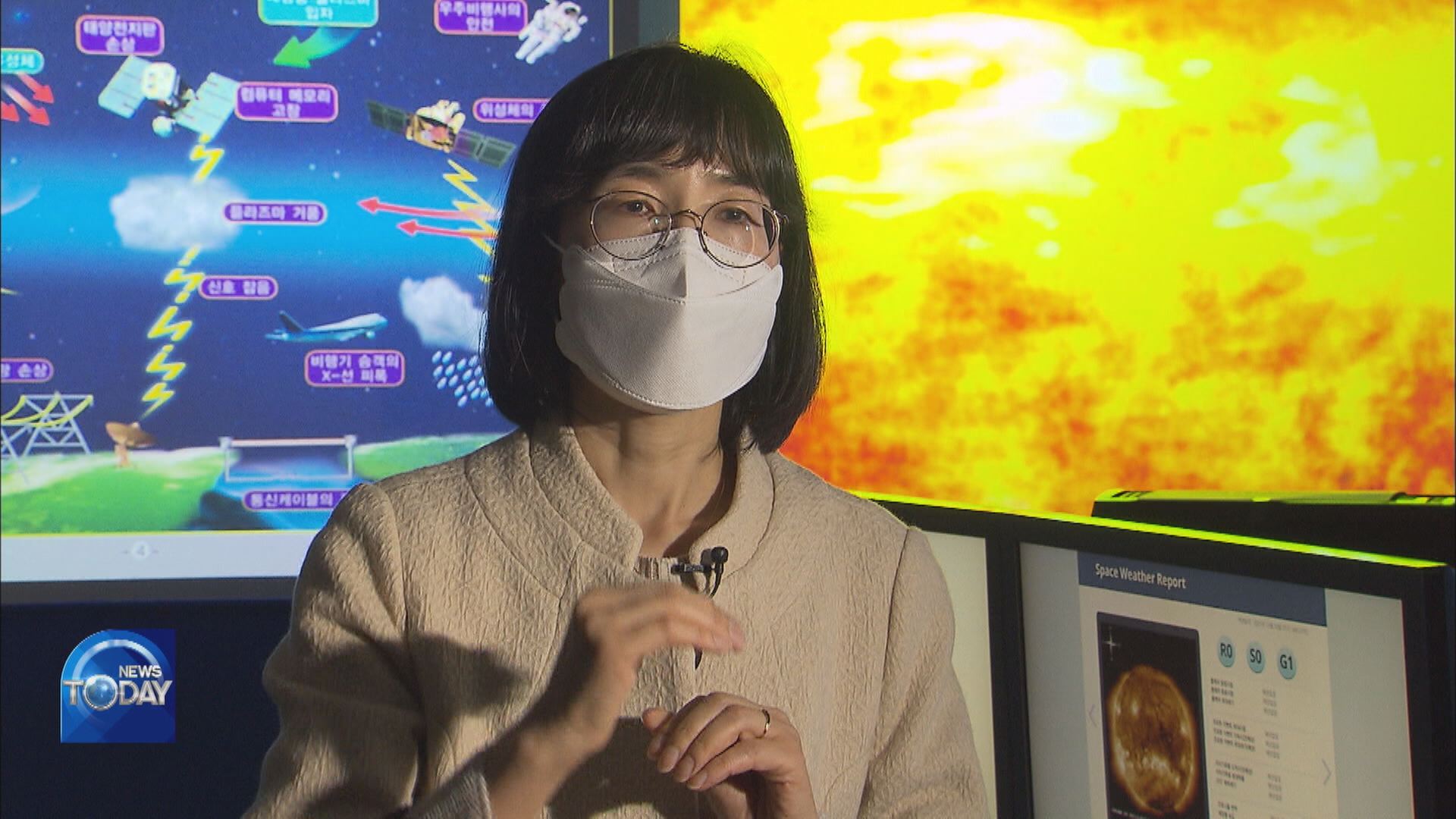
[Anchor Lead]
The Korea Astronomy and Space Science Institute and NASA will jointly observe the high-energy particles of the Sun from the Earth's orbit and the lunar surface. Three female Korean scientists will play key roles in these two projects.
[Pkg]
This is the upper layer of the Sun's atmosphere that NASA's Parker solar probe reached three years after its launch into space. This is where solar winds start blowing, spreading coronal masses all over the solar system at a tremendous speed of 500 km per second. Solar particles also include fatal substances such as radiation. Prior to launching its Artemis program designed to send astronauts to the Moon, NASA requested the Korea Astronomy and Space Science Institute to observe solar particles on the moon's surface. The Korea-made solid-state telescopes Lusem will do just that from 2024.
[Soundbite] Shim Chae-kyung(Astronomy and Space Science Institute) : "Myriads of particles flying in space reach the moon's surface because there are no magnetic fields or air there."
In the first half of 2022, four nano satellites will orbit the Earth together 500 km above its surface to measure the amount of solar particles and share data on space weather with NASA. Two female Korean scientists played a leading role in designing and producing the 8kg satellites and developing their remotely controlled algorithms.
[Soundbite] Kwak Young-shil(Astronomy and Space Science Institute) : "The satellites will observe changes in time and spatial plasma. It will be the world's first case of nano satellites conducting a formation flight."
The scientists have ambitious goals regarding space development.
[Soundbite] Hwang Jung-ah(Astronomy and Space Science Institute) : "We want to dream of flying to the Moon and Mars and exploring the outer space even more than Voyager. But that requires a ground station that can be operated by teams that design science projects."
There are only about 30 female space scientists in Korea. Their passion combined with their meticulousness are bringing the era of space exploration closer.
The Korea Astronomy and Space Science Institute and NASA will jointly observe the high-energy particles of the Sun from the Earth's orbit and the lunar surface. Three female Korean scientists will play key roles in these two projects.
[Pkg]
This is the upper layer of the Sun's atmosphere that NASA's Parker solar probe reached three years after its launch into space. This is where solar winds start blowing, spreading coronal masses all over the solar system at a tremendous speed of 500 km per second. Solar particles also include fatal substances such as radiation. Prior to launching its Artemis program designed to send astronauts to the Moon, NASA requested the Korea Astronomy and Space Science Institute to observe solar particles on the moon's surface. The Korea-made solid-state telescopes Lusem will do just that from 2024.
[Soundbite] Shim Chae-kyung(Astronomy and Space Science Institute) : "Myriads of particles flying in space reach the moon's surface because there are no magnetic fields or air there."
In the first half of 2022, four nano satellites will orbit the Earth together 500 km above its surface to measure the amount of solar particles and share data on space weather with NASA. Two female Korean scientists played a leading role in designing and producing the 8kg satellites and developing their remotely controlled algorithms.
[Soundbite] Kwak Young-shil(Astronomy and Space Science Institute) : "The satellites will observe changes in time and spatial plasma. It will be the world's first case of nano satellites conducting a formation flight."
The scientists have ambitious goals regarding space development.
[Soundbite] Hwang Jung-ah(Astronomy and Space Science Institute) : "We want to dream of flying to the Moon and Mars and exploring the outer space even more than Voyager. But that requires a ground station that can be operated by teams that design science projects."
There are only about 30 female space scientists in Korea. Their passion combined with their meticulousness are bringing the era of space exploration closer.
이 기사가 좋으셨다면
-
좋아요
0
-
응원해요
0
-
후속 원해요
0










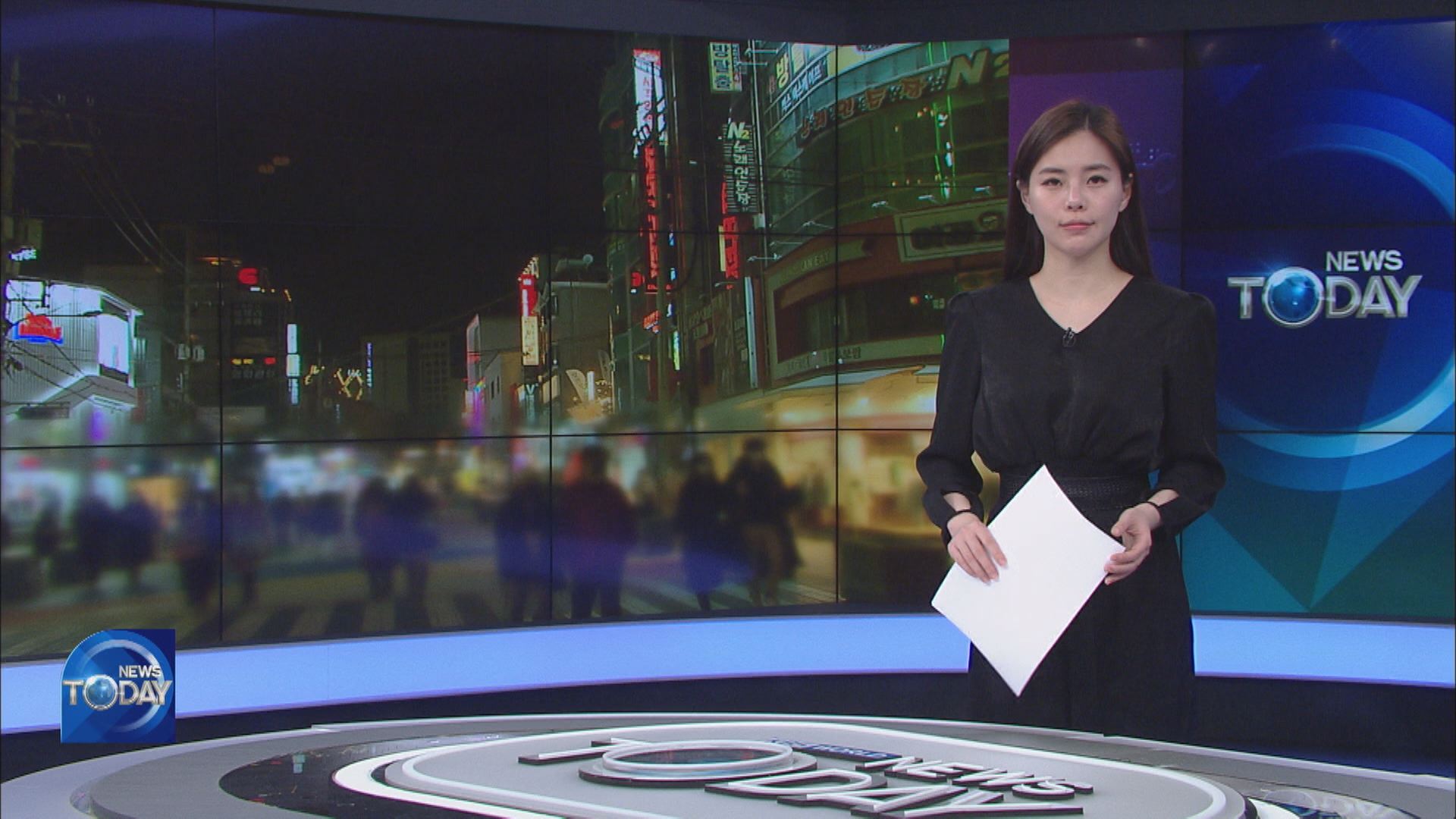
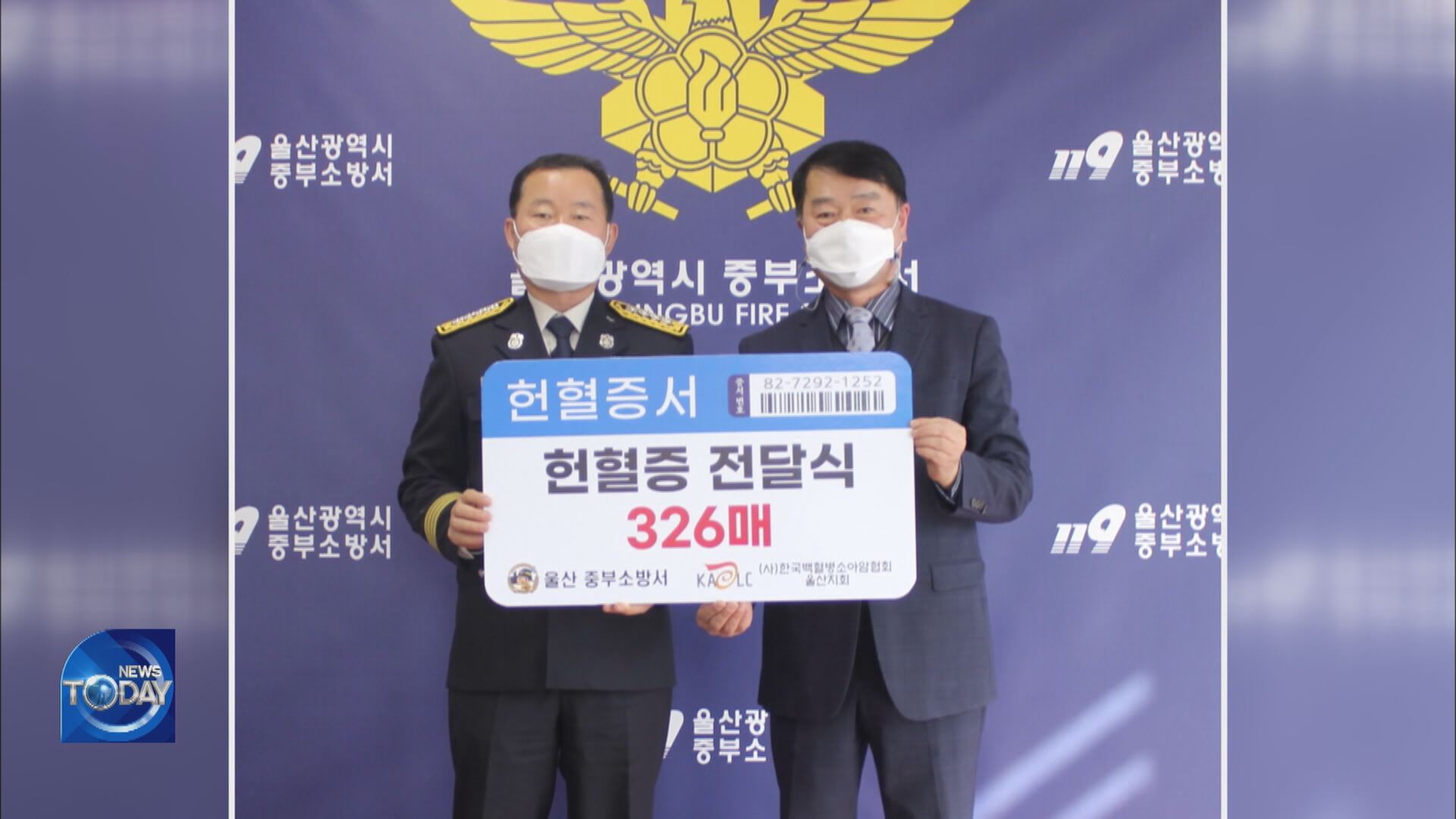


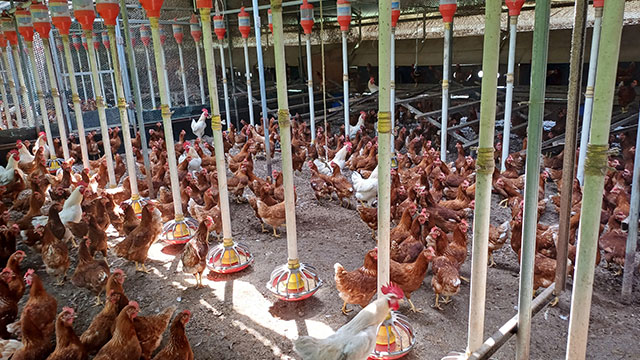
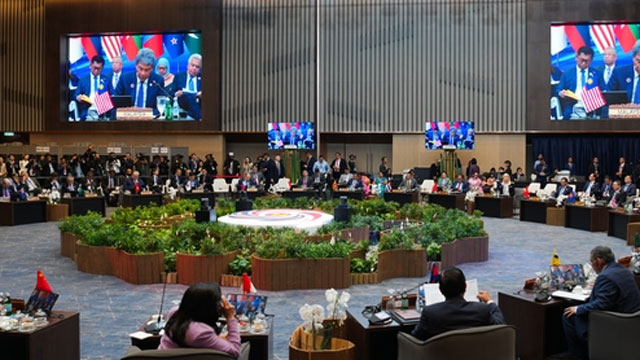

이 기사에 대한 의견을 남겨주세요.